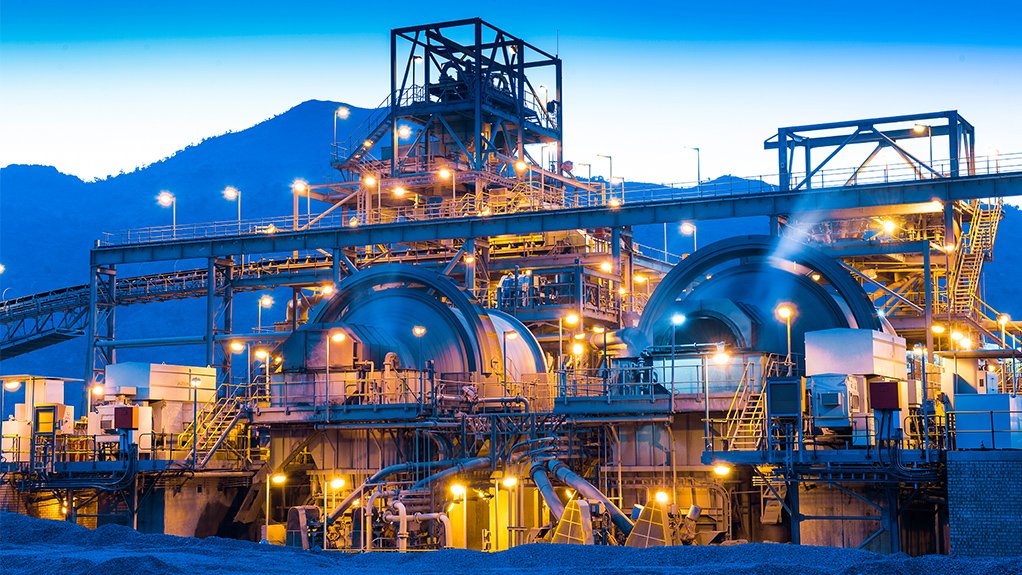JOHANNESBURG (miningweekly.com) – If fuel cell electric vehicles can capture 10% of the global car market, demand will be created for five-million to six-million ounces of incremental platinum group metals (PGMs) a year, this week’s Hydrogen Economy Discussion event was told.
Moreover, ten times more PGMs value is to be had from fuel cell electric vehicles than from PGMs-based electrolysers that generate green hydrogen.
Although PGMs-based proton electron membrane (PEM) electrolysers are key for some PGMs demand, the major demand potential is from mobility in a vehicle sector also boosted by ten-year turnaround cycles.
Globally, 80 000 fuel cell electric vehicles are currently on the road, up 30% on last year, and more than 1 000 hydrogen refuelling stations were established, up 50% on 2022.
This year, vehicle manufacturers will assemble 130-plus fuel cell electric vehicle models.
Mining Weekly believes, however, that it is in the interests of the South African economy as the world’s largest producer of PGMs that information be provided more regularly on the initiatives under way to help develop the fuel cell electrical passenger vehicle market in Europe, China and the US.
Good news, meanwhile, is that the H2 Moves Berlin project being carried out by Toyota, Anglo American and taxi company SafeDriver is promoting the use of fuel cell technology in commercial fleets of up to 200 Toyota Mirai fuel cell electric vehicles, while also stimulating the demand for a network of hydrogen refuelling stations.
“We’re looking to identify additional opportunities in Germany where similar schemes can be implemented,” Anglo American Platinum projects and environment executive head Prakashim Moodliar told the hydrogen event, chaired by mining luminary Bernard Swanepoel.
“We’re also advocating for the deployment of fuel cell electric vehicles in the UK, especially in the light-duty sector,” Moodliar added.
There is a view, however, that South Africa’s PGMs industry companies should consider stepping up the call for appropriate government support globally to level the playing field between fuel cell electric vehicle and battery electric vehicle technologies, as well as to support the establishment of hydrogen refuelling infrastructure.
HYDROGEN ELECROLYSIS
On the electrolysis front, more than 1 000 hydrogen proposals have been announced globally, with 795 of them planned to be fully or partially developed by 2030 – well up on the 350 of May last year.
Direct investments into hydrogen projects through to 2030 now total $320-billion, with $29-billion having passed the final investment decision (FID) phase, which is $80-billion up on last year’s $240-billion project figure.
By 2030, these projects are set to produce 38-million tons of clean hydrogen a year globally, a figure which continues to rise, Moodliar reported.
By the end of 2020, 700 MW of hydrogen electrolysis capacity was deployed with 9 GW having passed FID phase globally. Close to a third of is in PGMs-using PEM technology.
The international hydrogen market could be worth $2.5-trillion by 2050 with green hydrogen already set to power long-haul heavy-duty trucks as well as serve in the future to decarbonise steel, cement, chemicals, aviation and shipping.
In addition, green hydrogen is being increasingly acknowledged globally as the ideal filler of the intermittency gap of sun that does not shine continuously and wind that does not always blow.
An example of the big demand picture beginning to unfold is the plan of the European Union to produce 10-million tons of green hydrogen a year and to import another 10-million tons a year by 2030, highlighting the opportunity for South Africa to become an exporter of green hydrogen, given its sun, wind, land and PGM attributes.
MINING INDUSTRY WELL PLACED
South Africa’s mining industry, with access to land, execution skills and strong balance sheets, is well placed to help support the renewable energy transition and many have already transitioned or are planning to transition to embedded solar plants, wheeled wind energy and hydro storage.
Many of the mines of South African companies on other continents have streaked ahead of this country, which should be seen as being unacceptable given South Africa’s lack of energy security.
Far more momentum needs to be given to the South African government-led Hydrogen Valley project that contains a number of multi-partner projects.
The Hydrogen Valley could be leveraged to hasten the visible scale-up of the hydrogen economy and the ramp-up of hydrogen production within a given territory.
The virtual reality platform being developed to allow for the visualisation of the Hydrogen Valley should be available for viewing online and regular progress reports shared with the media on the related envisaged projects.
More communication would be welcome on the submission of the business plan to the State-owned Industrial Development Corporation to finalise the German KfW development funding for Project Rainbow and on how Project Rainbow is expected to add R3.9-billion to South Africa’s gross domestic product by 2050 and create 14 000 jobs a year.
EMAIL THIS ARTICLE SAVE THIS ARTICLE ARTICLE ENQUIRY
To subscribe email subscriptions@creamermedia.co.za or click here
To advertise email advertising@creamermedia.co.za or click here











